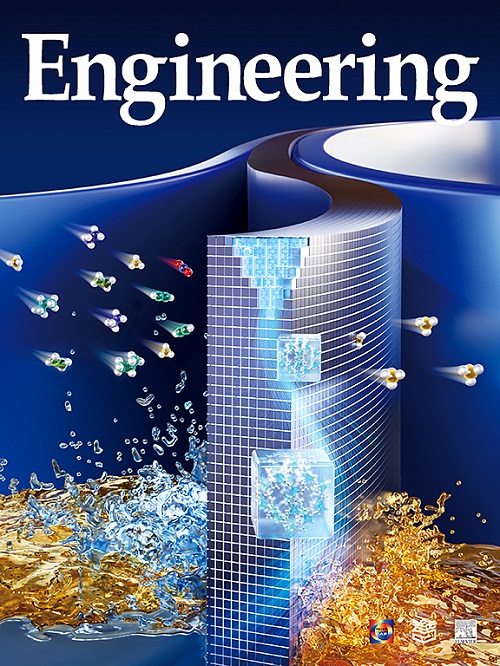Astrocytic G Protein-Coupled Receptors in Drug Addiction
IF 10.1
1区 工程技术
Q1 ENGINEERING, MULTIDISCIPLINARY
引用次数: 0
Abstract
Understanding the cellular mechanisms of drug addiction remains a key task in current brain research. While neuron-based mechanisms have been extensively explored over the past three decades, recent evidence indicates a critical involvement of astrocytes, the main type of non-neuronal cells in the brain. In response to extracellular stimuli, astrocytes modulate the activity of neurons, synaptic transmission, and neural network properties, collectively influencing brain function. G protein-coupled receptors (GPCRs) expressed on astrocyte surfaces respond to neuron- and environment-derived ligands by activating or inhibiting astrocytic signaling, which in turn regulates adjacent neurons and their circuitry. In this review, we focus on the dopamine D1 receptors (D1R) and metabotropic glutamate receptor 5 (mGLUR5 or GRM5)—two GPCRs that have been critically implicated in the acquisition and maintenance of addiction-related behaviors. Positioned as an introductory-level review, this article briefly discusses astrocyte biology, outlines earlier discoveries about the role of astrocytes in substance-use disorders (SUDs), and provides detailed discussion about astrocytic D1Rs and mGLUR5s in regulating synapse and network functions in the nucleus accumbens (NAc)—a brain region that mediates addiction-related emotional and motivational responses. This review serves as a stepping stone for readers of Engineering to explore links between astrocytic GPCRs and drug addiction and other psychiatric disorders.
求助全文
约1分钟内获得全文
求助全文
来源期刊

Engineering
Environmental Science-Environmental Engineering
自引率
1.60%
发文量
335
审稿时长
35 days
期刊介绍:
Engineering, an international open-access journal initiated by the Chinese Academy of Engineering (CAE) in 2015, serves as a distinguished platform for disseminating cutting-edge advancements in engineering R&D, sharing major research outputs, and highlighting key achievements worldwide. The journal's objectives encompass reporting progress in engineering science, fostering discussions on hot topics, addressing areas of interest, challenges, and prospects in engineering development, while considering human and environmental well-being and ethics in engineering. It aims to inspire breakthroughs and innovations with profound economic and social significance, propelling them to advanced international standards and transforming them into a new productive force. Ultimately, this endeavor seeks to bring about positive changes globally, benefit humanity, and shape a new future.
 求助内容:
求助内容: 应助结果提醒方式:
应助结果提醒方式:


